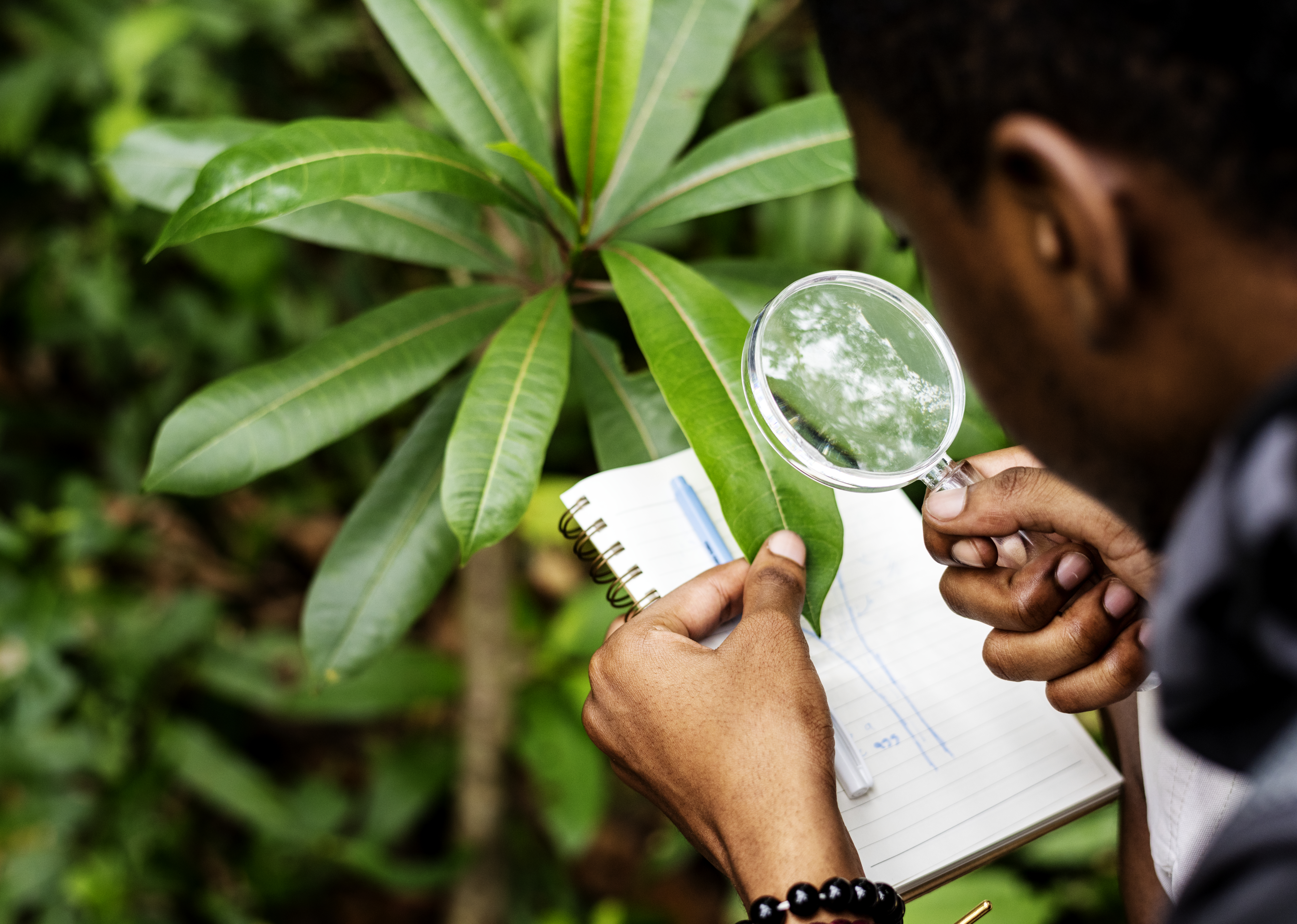Articles and Trivia
Write an articleFieldwork and Environmental Monitoring: Importance, Methods, and Applications

Fieldwork and environmental monitoring play a crucial role in understanding, assessing, and managing environmental changes. These activities provide real-world data that help scientists, researchers, and policymakers make informed decisions about conservation, pollution control, and sustainable resource management. Fieldwork involves hands-on data collection, while environmental monitoring ensures continuous observation of environmental parameters over time.
Importance of Fieldwork and Environmental Monitoring
- Real-world data collection provides accurate, on-site information that cannot be obtained through theoretical studies alone.
- Helps track climate change, pollution levels, and biodiversity loss.
- Governments and organizations use monitoring data to create environmental regulations.
- Aids in managing natural resources and protecting endangered species.
- Monitoring can predict natural disasters like floods, droughts, and wildfires.
Key Methods of Environmental Monitoring
Environmental monitoring is carried out through various methods, depending on the objective and the area of study. Some of the most common types include:
1. Air Quality Monitoring
- Measures pollutants such as carbon monoxide (CO), sulfur dioxide (SO?), nitrogen oxides (NOx), and particulate matter (PM).
- Uses sensors, satellite data, and air sampling stations.
2. Water Quality Monitoring
- Assesses parameters like pH, dissolved oxygen (DO), turbidity, and chemical pollutants in lakes, rivers, and oceans.
- Conducted using water sampling, remote sensing, and automated sensors.
3. Soil and Land Monitoring
- Evaluates soil fertility, contamination, and erosion patterns.
- Uses soil sampling, GIS mapping, and laboratory testing.
4. Biodiversity and Wildlife Monitoring
- Tracks population dynamics, migration patterns, and habitat conditions.
- Methods include camera traps, field surveys, and radio telemetry.
5. Climate and Meteorological Monitoring
- Observes temperature, precipitation, humidity, and wind patterns.
- Uses weather stations, satellites, and climate modeling tools.
Applications of Fieldwork and Environmental Monitoring
- Helps in maintaining biodiversity and managing protected areas.
- Ensures industries follow environmental laws and pollution limits.
- Identifies suitable locations for wind, solar, and hydro energy projects.
- Predicts and mitigates the effects of environmental hazards.
- Supports studies on global warming and carbon footprint reduction.
Challenges in Fieldwork and Environmental Monitoring
- Harsh environmental conditions can affect data collection.
- High costs of advanced monitoring equipment.
- Inconsistencies in data due to human or technical errors.
- Limited funding and government support in some regions.
Conclusion
Fieldwork and environmental monitoring are essential tools for understanding and protecting our planet. They provide critical data that help scientists, governments, and organizations implement sustainable solutions. With advancements in technology, such as AI, satellite imaging, and automated sensors, environmental monitoring is becoming more efficient and accurate, playing a vital role in tackling global environmental challenges.
More articles by B�h�a�r�t�i� S�h�a�r�m�a�
Discover More Articles and Interesting Trivia On Jamia Millia Islamia VECOSPACE
Yoga & Meditation for a Healthy Mind
by B�h�a�r�t�i S�h�a�r�m�a -
9 months ago
Ocean Pollution and Marine Conservation Efforts
by B�h�a�r�t�i S�h�a�r�m�a -
10 months ago
The Power of Storytelling in Leadership
by Nasra Afrien -
2 months ago
Wireless Power Transmission
by Sarfaraj Ansari -
2 years ago
Electric vehicle
by Sarfaraj Ansari -
2 years ago
Habits of Highly Successful People
by Ramsha Aalam -
6 months ago
Latest Articles
by Shakir Hussan -
12 days ago
by Shakir Hussan -
12 days ago
The Link Between Nutrition and Productivity
by Nishank Shukla -
2 months ago
How AI Tutors Are Changing the Learning Landscape
by Sakshi Chouhan -
27 days ago
Sustainable Smart City
by Mohd Waseem -
2 months ago
INCOME TAX RETURN AY 2025-26
by Ashraf Ali Fatmi -
4 months ago
How Gratitude Can Improve Your Mental Health
by Iqra Sheikh -
4 months ago
How Companies Can Retain Top Talent in 2025
by Iqra Sheikh -
3 months ago
How to Stay Relevant in a Rapidly Evolving Job Market
by Fatma Zahra -
3 months ago
Habits of Highly Successful People
by Ramsha Aalam -
6 months ago
Plant-Based Diets: Myths and Facts
by Aman Khan -
6 months ago
Building Resilience in a Rapidly Changing World
by Zainab Ahmad -
6 months ago


